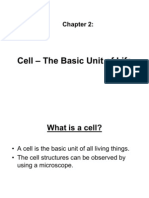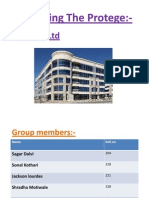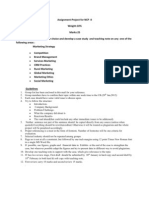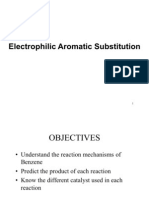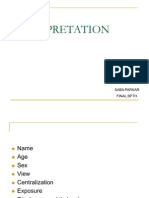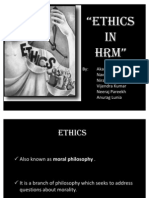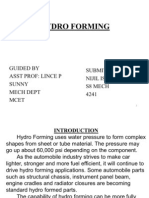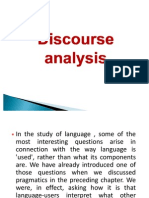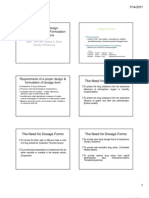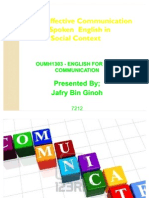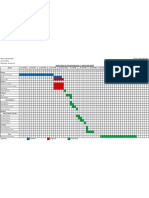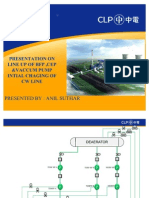0% found this document useful (0 votes)
100 views11 pagesClient Server Architecture
This document discusses client-server architecture and its basic terms. It describes the three main components of application logic in client-server systems: the input/output presentation logic, processing logic, and storage logic components. It also discusses three-tier architecture with thin clients, and some advantages of three-tier architectures such as scalability, technological flexibility, and long-term cost reduction. Middleware is described as software that allows applications to interoperate, and some examples of database middleware are provided.
Uploaded by
arundhatiposhCopyright
© Attribution Non-Commercial (BY-NC)
We take content rights seriously. If you suspect this is your content, claim it here.
Available Formats
Download as PPT, PDF, TXT or read online on Scribd
0% found this document useful (0 votes)
100 views11 pagesClient Server Architecture
This document discusses client-server architecture and its basic terms. It describes the three main components of application logic in client-server systems: the input/output presentation logic, processing logic, and storage logic components. It also discusses three-tier architecture with thin clients, and some advantages of three-tier architectures such as scalability, technological flexibility, and long-term cost reduction. Middleware is described as software that allows applications to interoperate, and some examples of database middleware are provided.
Uploaded by
arundhatiposhCopyright
© Attribution Non-Commercial (BY-NC)
We take content rights seriously. If you suspect this is your content, claim it here.
Available Formats
Download as PPT, PDF, TXT or read online on Scribd
/ 11



